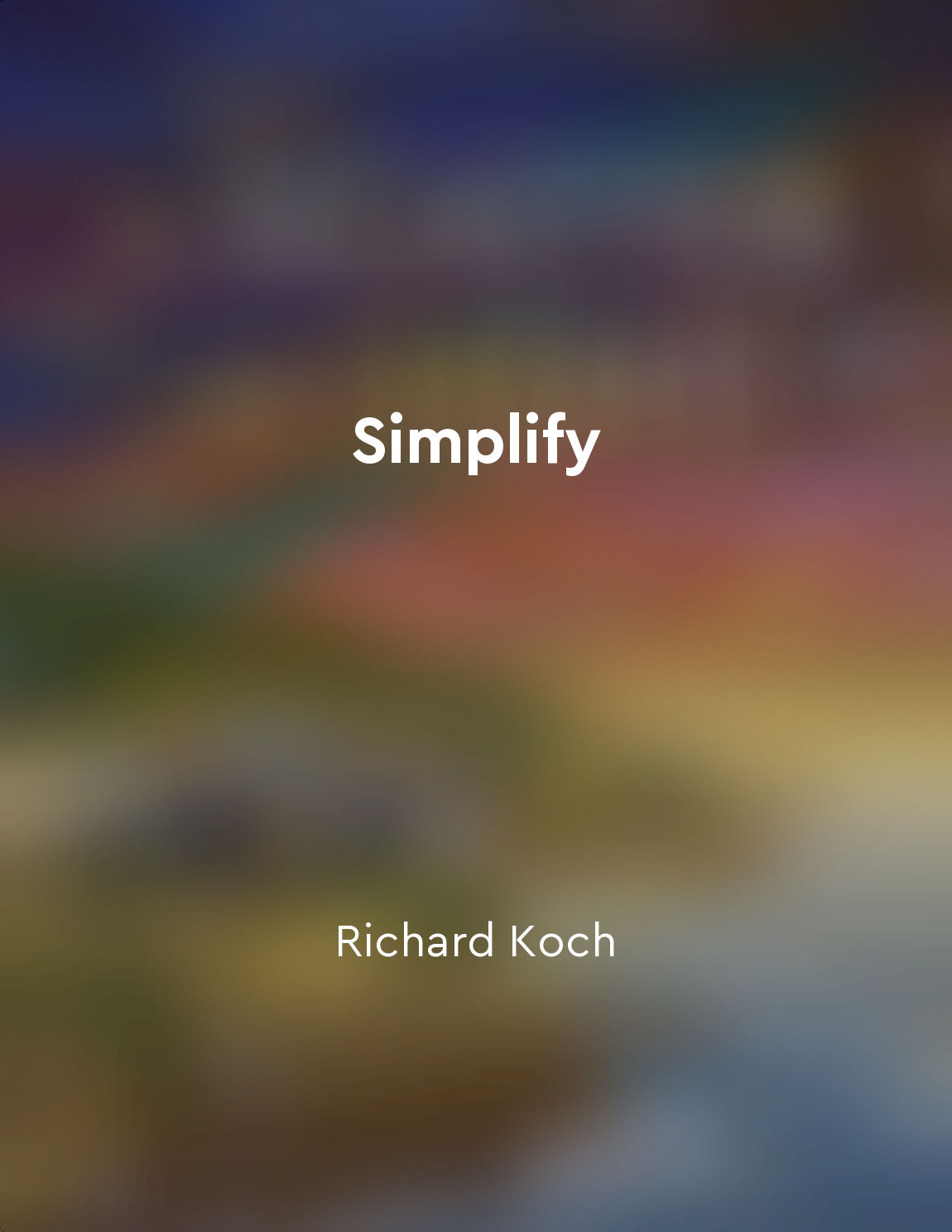Identify and eliminate bottlenecks in workflows from "summary" of The Lean Mindset by Mary B. Poppendieck,Thomas David Poppendieck
Identifying and eliminating bottlenecks in workflows is a key concept in Lean thinking. A bottleneck is any part of a process that slows down the overall flow. It can be a machine, a person, or even a policy that limits the capacity of the entire system. By finding and removing these bottlenecks, organizations can improve efficiency and reduce wasted time and resources. To identify bottlenecks, teams need to closely examine their workflow and look for areas where work tends to pile up or slow down. This can often be seen in queues of work waiting to be processed or in certain team members who are constantly overwhelmed with tasks. By pinpointing these areas, teams can start to understand where the bottlenecks are occurring and why they are happening. Once bottlenecks have been identified, the next step is to eliminate them. This may involve redistributing work, reallocating resources, or even redesigning the workflow altogether. The goal is to smooth out the flow of work so that it moves steadily from one stage to the next without any interruptions or delays. By continuously monitoring and adjusting workflows, teams can create more efficient and effective processes. This not only improves productivity but also allows organizations to respond more quickly to changing customer demands and market conditions. Identifying and eliminating bottlenecks is an ongoing process that requires a commitment to continuous improvement and a willingness to challenge the status quo. It is a fundamental principle of Lean thinking that can drive significant improvements in organizational performance.Similar Posts

Use the ABCDE method to prioritize tasks
One of the most effective ways to prioritize tasks is to use the ABCDE method. This method involves categorizing tasks based on...

Practice gratitude for a simpler, more fulfilling life
Gratitude is one of the simplest yet most powerful tools we have at our disposal. It costs nothing, requires no special skills,...

Reduce complexity in your products to appeal to a wider audience
To make your products more appealing to a wider audience, it is crucial to simplify them. Complexity can be a barrier for many ...

Prioritize tasks that have the most impact
To simplify your life and achieve more with less effort, focus on prioritizing tasks that have the most significant impact. Thi...
Set boundaries to protect your time and energy
In order to safeguard your most precious resources - time and energy - it's essential to establish clear boundaries around how ...

Implement processes to achieve consistent results
To achieve consistent results in your enterprise, it is essential to implement processes that can be replicated time and time a...
